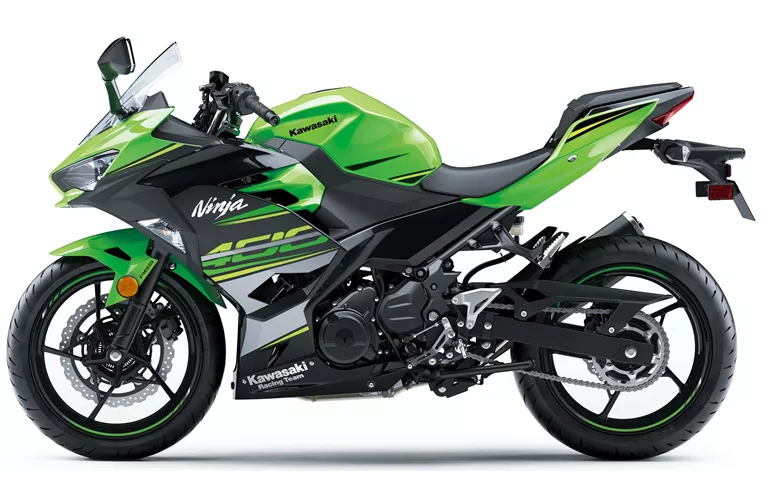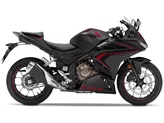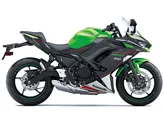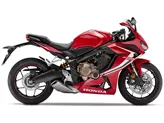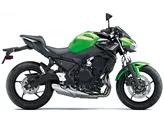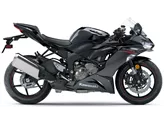Kawasaki Ninja 650 2020 vs. Kawasaki Ninja 400 2018
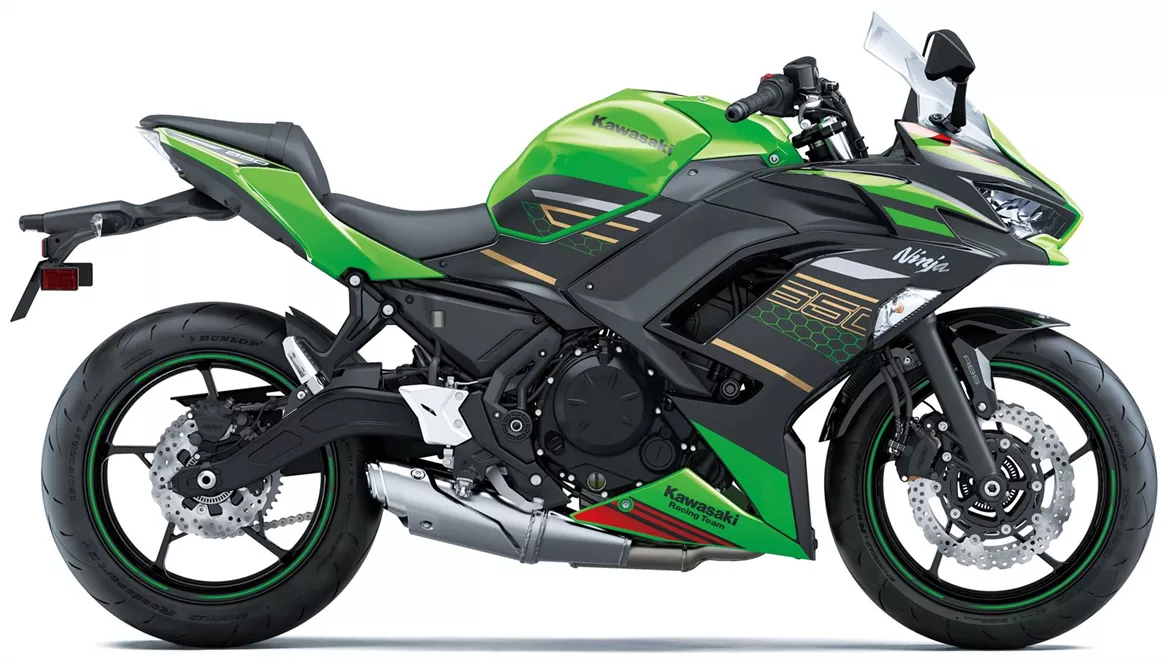
Kawasaki Ninja 650 2020
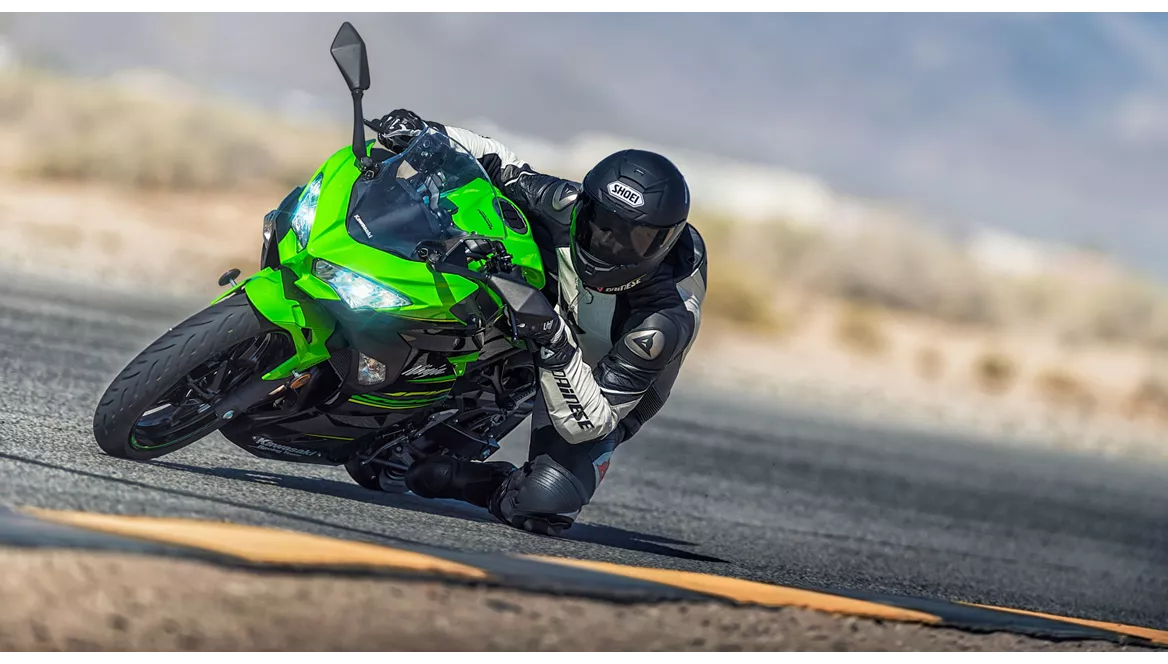
Kawasaki Ninja 400 2018
Overview - Kawasaki Ninja 650 2020 vs Kawasaki Ninja 400 2018
The Kawasaki Ninja 650 model year 2020 and the Kawasaki Ninja 400 model year 2018 are both popular supersport motorcycles from Kawasaki. While they share some similarities, they also have distinct differences in terms of technical specifications and strengths.
Starting with the technical specifications, the Ninja 650 2020 is equipped with a 649cc inline twin engine that produces 68.2 HP of power and 65.7 Nm of torque. It has a bore of 83 mm and a stroke of 60 mm, with a compression ratio of 10.8. The throttle diameter is 36 mm, and it features a 2-cylinder engine with 4 valves per cylinder. On the other hand, the Ninja 400 2018 is powered by a smaller 399cc inline twin engine that delivers 45 HP of power and 38 Nm of torque. It has a bore of 70 mm and a stroke of 51.8 mm, with a higher compression ratio of 11.5. The throttle diameter is 32 mm, and it also features a 2-cylinder engine with 4 valves per cylinder.
In terms of suspension, both motorcycles have telescopic front forks and a swingarm rear suspension with a monoshock. The Ninja 650 2020 has a fork diameter of 41 mm, while the Ninja 400 2018 has the same fork diameter. Both motorcycles have pre-load adjustment for the rear suspension.
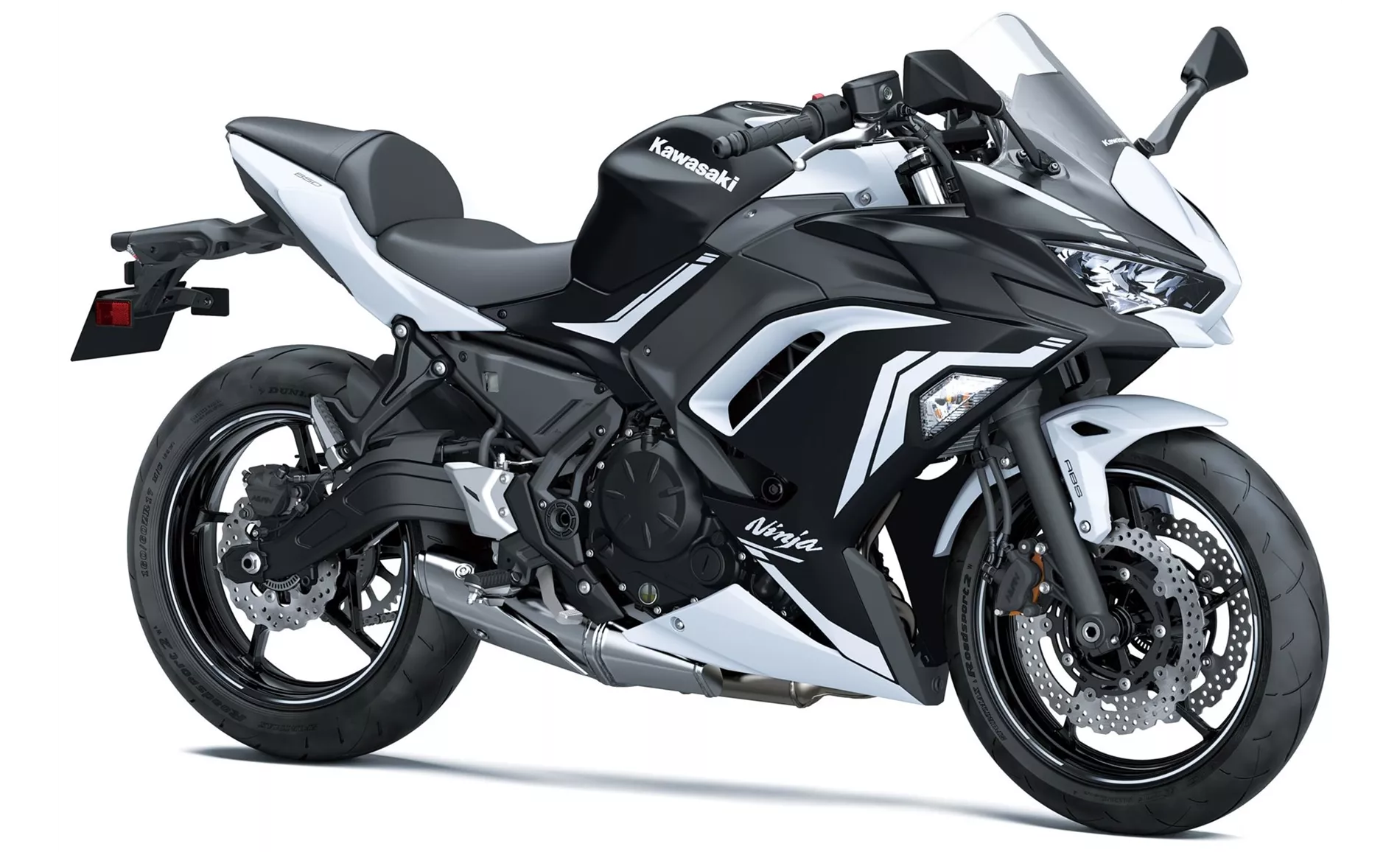
Kawasaki Ninja 650 2020
In terms of chassis, both motorcycles have a steel frame with a tubular design. The Ninja 650 2020 has a rake angle of 65.5 degrees and a trail of 100 mm, while the Ninja 400 2018 has a slightly smaller rake angle of 63 degrees and a trail of 93 mm.
When it comes to braking, the Ninja 650 2020 is equipped with dual disc brakes with a diameter of 300 mm, while the Ninja 400 2018 has a single disc brake with a larger diameter of 310 mm. Both motorcycles feature petal technology for improved braking performance. Additionally, both motorcycles are equipped with ABS for advanced rider assistance.
In terms of dimensions and weights, the Ninja 650 2020 has a wider front tire of 120 mm compared to the Ninja 400 2018's 110 mm. Both motorcycles have the same 17-inch front and rear tire diameters, with the Ninja 650 2020 having a wider rear tire of 160 mm compared to the Ninja 400 2018's 150 mm. The Ninja 650 2020 has a longer wheelbase of 1410 mm compared to the Ninja 400 2018's 1370 mm. Both motorcycles have a similar seat height, with the Ninja 650 2020 at 790 mm and the Ninja 400 2018 at 785 mm. The Ninja 650 2020 is also heavier with a curb weight of 193 kg compared to the Ninja 400 2018's 168 kg. Both motorcycles have a fuel tank capacity of 15 liters and 14 liters, respectively.
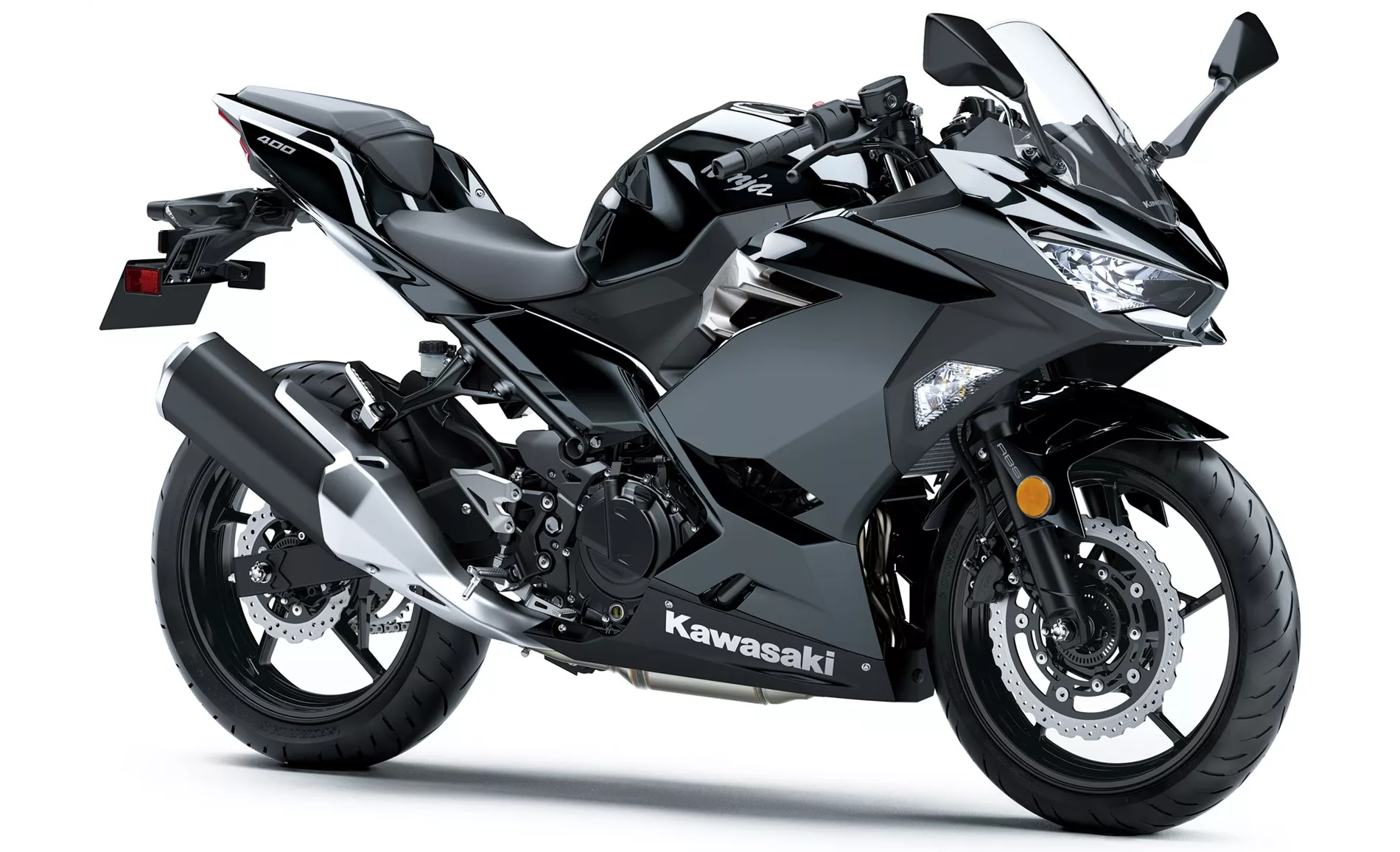
Kawasaki Ninja 400 2018
In terms of strengths, the Ninja 650 2020 offers a powerful two-cylinder engine, comfortable seat suitable for longer rides, compact dimensions, and a stable chassis. It also features a TFT screen with connectivity and has a sporty appearance. On the other hand, the Ninja 400 2018 has a chassis suitable for sporty riding, lightweight and effortless handling, a smooth responsive engine, a relaxed seating position that increases confidence, and LED headlights.
However, both motorcycles also have their weaknesses. The Ninja 650 2020 may be too delicate for taller riders and has a point of pressure on the front brake. It also has limited suitability for two-person trips. The Ninja 400 2018 has non-adjustable brake and clutch levers and high wind noise with the stock windshield for riders over 180 cm in height.
In conclusion, the Kawasaki Ninja 650 2020 and the Kawasaki Ninja 400 2018 are both impressive supersport motorcycles with their own unique strengths and weaknesses. The Ninja 650 2020 offers more power and a comfortable riding experience, while the Ninja 400 2018 excels in handling and rider confidence. Ultimately, the choice between the two would depend on the rider's preferences and intended use of the motorcycle.
Technical Specifications Kawasaki Ninja 650 2020 compared to Kawasaki Ninja 400 2018
Pros and Cons in comparison
Pros and Cons in comparison
Kawasaki Ninja 650 2020
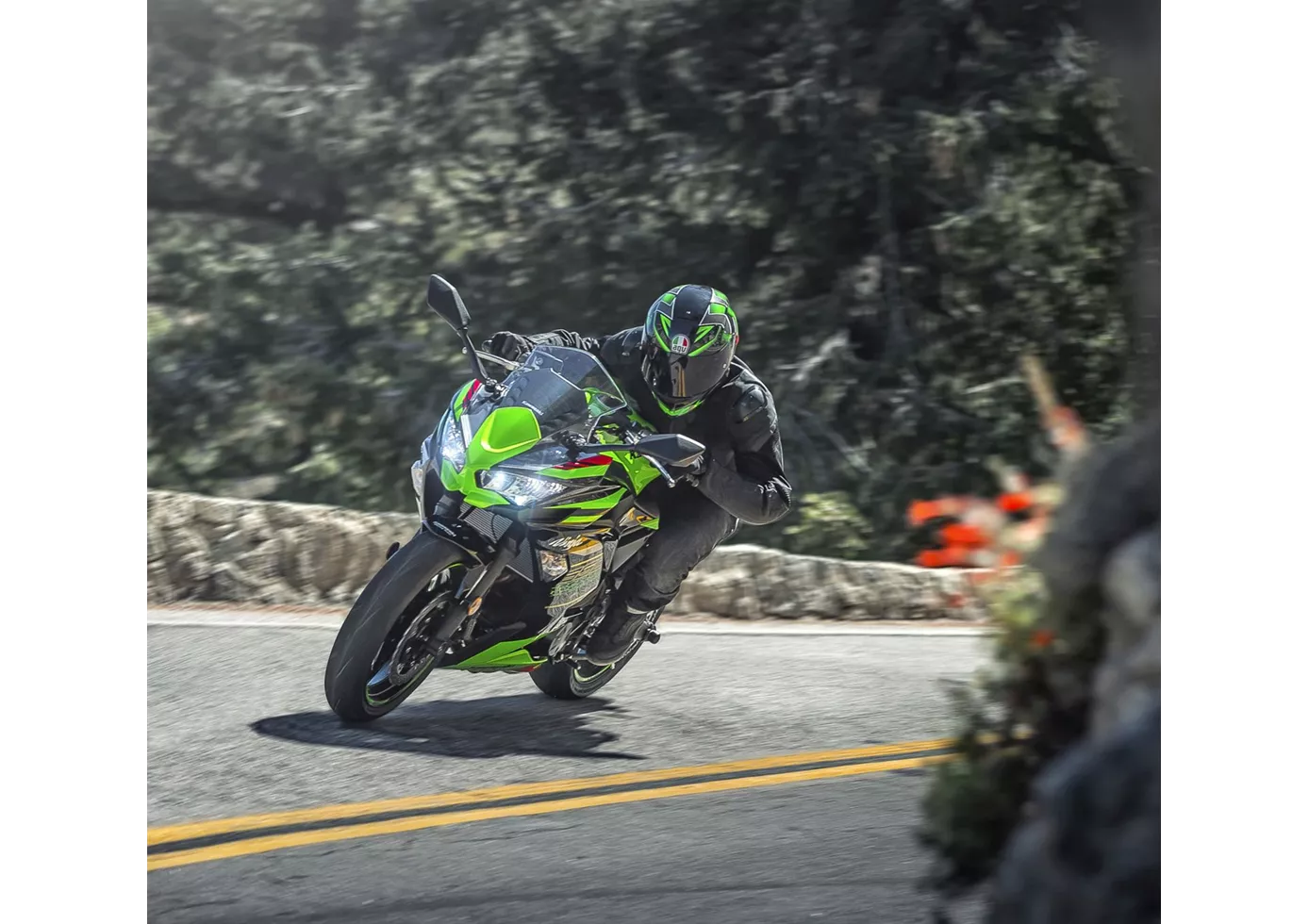
Salve a sport tourer! Com a Ninja 650, a Kawasaki criou uma representante exemplar desta classe e (espera-se) resolveu o problema da nova geração. O chassis estável e os dois cilindros decentes farão as delícias dos principiantes e dos pilotos avançados, mesmo a um ritmo mais acelerado. O travão dianteiro é um pouco bem intencionado demais, faltando-lhe um ponto de pressão transparente, apesar do bom desempenho de travagem. Outra vantagem é o ecrã TFT, que não encontramos na concorrência neste momento, bem como o aspeto adulto, que está fortemente orientado para os modelos Ninja maiores.
Kawasaki Ninja 400 2018
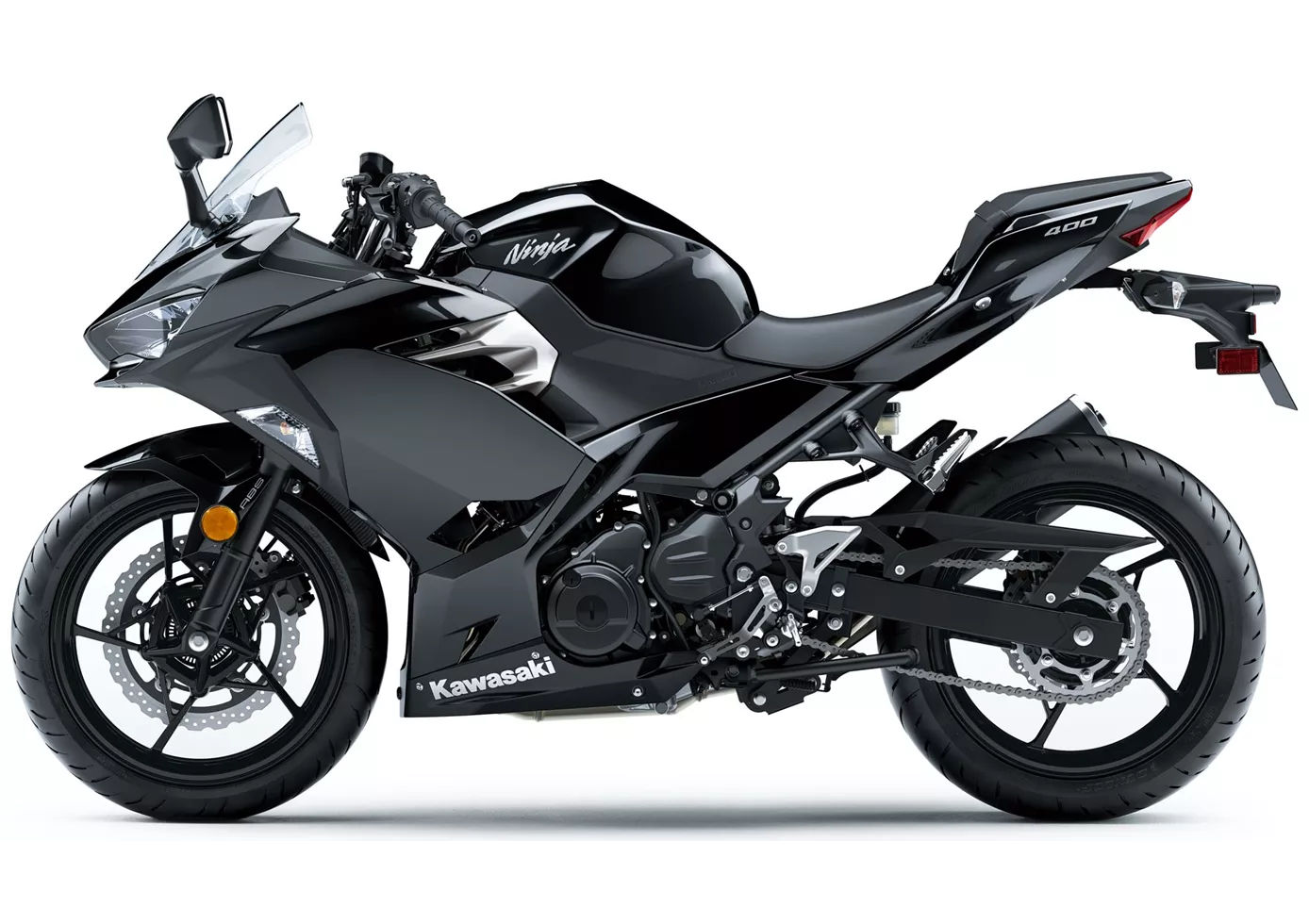
Em resumo, a Ninja 400 pode ser descrita como a entrada perfeita no mundo das superdesportivas. Não é possível obter mais potência com a A2, o aspeto sugere muito mais potência, o veículo é divertido de conduzir, é indulgente em todos os aspectos e ainda permite um estilo de condução verdadeiramente desportivo. Aqueles que tinham preocupações legítimas sobre a falta de potência nas várias máquinas de 250 cúbicos agora não têm mais desculpas. Ninja 400, é bom ter-te connosco!
Price Comparison Avarage Market Price Kawasaki Ninja 650 vs Kawasaki Ninja 400
There are a few key differences between a Kawasaki Ninja 650 2020 and a Kawasaki Ninja 400 2018. In terms of price, the actual average price of a Kawasaki Ninja 650 2020 is about 22% higher. There are the same number of bikes of both models available on the 1000PS.de marketplace, specifically 10. It takes less time to sell a Kawasaki Ninja 650 with 75 days compared to 105 days for a Kawasaki Ninja 400. Since model year 2017 1000PS.de editors have written 20 reviews for the Kawasaki Ninja 650 and 9 reviews for the Kawasaki Ninja 400 since model year 2018. The first review for the Kawasaki Ninja 650 was published on 04/10/2016 and now has more than 79.600 views. This compares to more than 44.300 views for the first review on Kawasaki Ninja 400 published on 22/11/2017.

